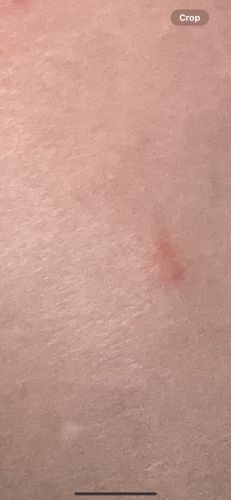Bed Bug
Scientific Name: Cimex lectularius
Order & Family: Hemiptera, Cimicidae
Size: Adults are typically 4-5 mm (0.16-0.20 inches) long, similar to an apple seed. Nymphs are smaller and translucent.

Natural Habitat
Bed bugs are often found in human dwellings, particularly in bedrooms. They hide in mattresses, bed frames, headboards, cracks in walls, furniture, and even electrical outlets. They can be found in homes, apartments, hotels, dormitories, and other places where people sleep or rest.
Diet & Feeding
Bed bugs are hematophagous, meaning they feed exclusively on the blood of warm-blooded animals, primarily humans. They pierce the skin with a stylet and inject saliva containing anticoagulants and anesthetics before drawing blood.
Behavior Patterns
Bed bugs are primarily nocturnal, feeding on sleeping hosts. They are attracted to warmth and carbon dioxide. They often hide in cracks and crevices during the day, such as mattress seams, bed frames, and furniture. Females can lay 1-5 eggs per day, with eggs hatching in 6-17 days, and nymphs maturing in about a month under favorable conditions. They can survive for several months without feeding.
Risks & Benefits
Potential risks include itchy red welts from bites, which can lead to secondary skin infections from scratching. Some individuals may experience allergic reactions. Bed bugs are not known to transmit diseases to humans, unlike some other blood-feeding insects. There are no direct benefits of bed bugs to humans or the ecosystem, they are generally considered pests.
Identified on: 9/4/2025